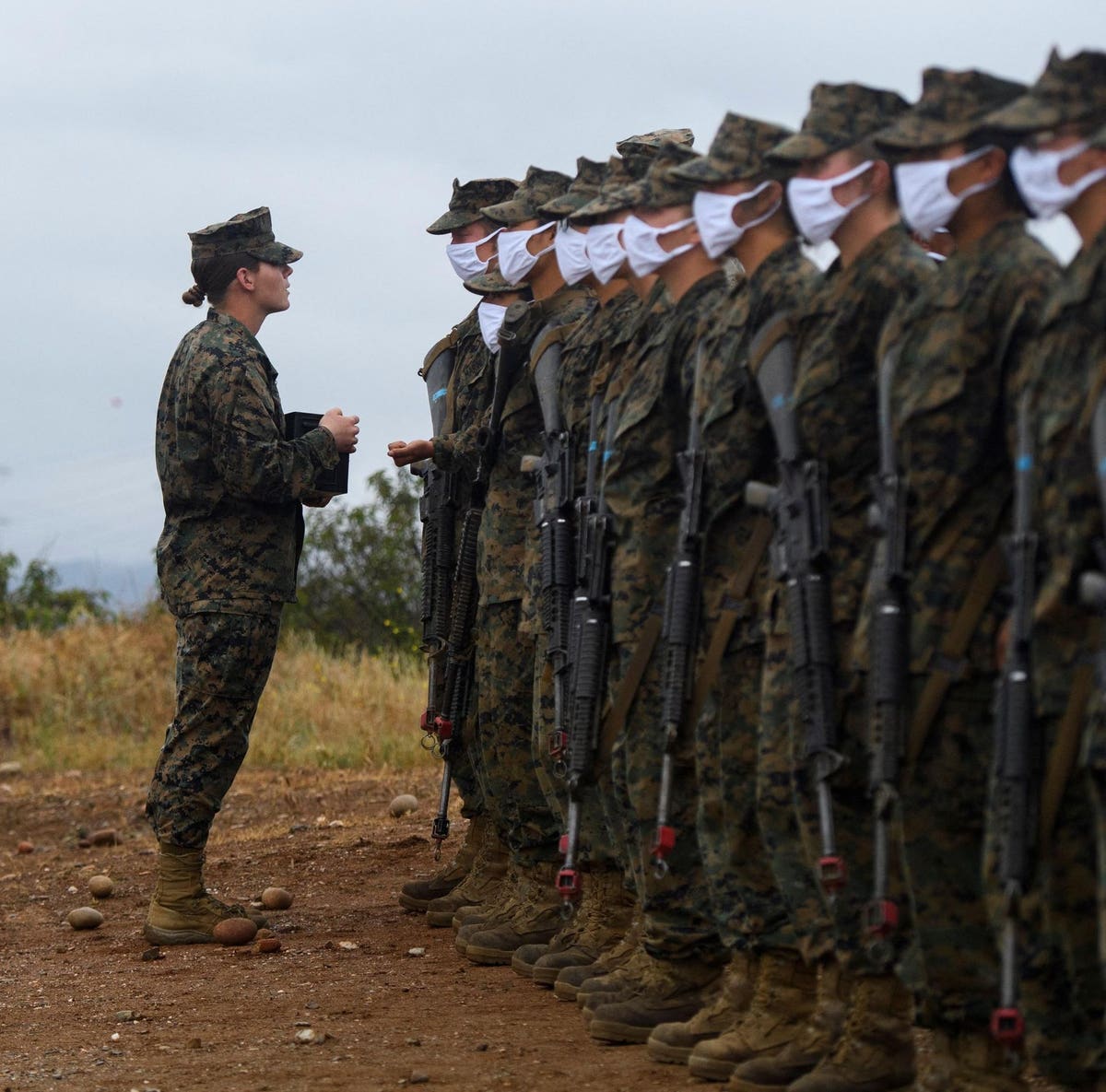OBSERVATIONS FROM THE FINTECH SNARK TANK
Does the US need a new online bank? If that bank serves new military recruits—who are often underserved, under-educated, and under-protected by the banking industry—then, yes it does.
With the presence of strong military-focused financial institutions like USAA, Navy Federal Credit Union, PENFED Credit Union, and others, another bank designed to serve military members might appear unneeded.
But Citizens Bank of Edmond (OK), led by CEO Jill Castilla—a military veteran, spouse, and mom—is launching Roger, a new digital bank specifically designed to serve new military recruits.
Why New Military Recruits Need Their Own Bank
According to Castilla, “as many as two-thirds of the 170,000 new recruits each year show up at basic training without a bank account. And for many of those who have an account, their direct deposit form isn’t accurate enough for the military to process it.”
As a result, many recruits have to get bused to a local bank to open an account which delays their training and delays their first paycheck. The Roger account instantly provides a direct deposit form that new recruits can provide to their recruiters or the reception battalion when they go to basic training.
Even new recruits with bank accounts face challenges beyond direct deposit issues, including fraudulent scams and predatory loans. Castilla experienced this first hand:
“When I was in the military, a family member wrote checks on my account the entire time I was in training. Unfortunately, that’s the story of many service members. Many come from desperate situations, with little financial literacy. They’re vulnerable to being taking advantage of.”
Roger plans to address the fraud, financial literacy, and money management challenges that new military members face in a number of ways including:
- Digital lockdown. The Roger checking account enables accountholders to lock their debit cards when they know they won’t have access to them or won’t be transacting for a while.
- Automatic round-up. The Roger debit card will give users the ability to round up transaction amounts to automatically go into the Roger savings account. The new bank will match up to a hundred dollars in the first 90 days of the account.
- Early paycheck access. Similar to the feature pioneered by Chime, Roger members will get access to their paychecks before the actual deposit date.
Roger members will also have 24×7 access to a phone-based support team, something not offered by a lot of startup digital banks.
Competing for New Military Recruits
Roger isn’t alone in serving new service members. The Association of Military Banks of America lists more than 75 institutions in the US serving armed forces members and veterans, and itself offers the PATRIOT Card, a debit card built by fintech MOCA.
Offered through AMBA-affiliated banks, the account offers cash-back rewards, card controls, early access to government benefits and paychecks, and the ability to deposit money via direct deposit, bank transfers, and Visa® ReadyLink locations.
Why is this niche segment an opportunity for Roger with the likes of USAA and Navy Federal Credit Union dominating the military market?
When asked that question, Castilla countered, “Where are they? Soldiers from the Air Force, Marines, Navy, and Army are showing up at basic training without a bank account. Their focus has not been on the entry level soldier.”
That may be true, but Roger’s long-term success will depend on two key elements of its strategy: 1) marketing execution, and 2) product feature development.
On the marketing front, Roger plans to rely on a differentiating member recruitment strategy: working directly with military recruiters. Castilla explains, “recruiters can notify new recruits of Roger and have them sign up immediately and make it a part of their checklist for onboarding a new recruit.”
On the product feature front, its initial feature set may help Roger attract new service members, but over the long-term, the bank will need to build out:
- Alerts. Castilla notes that new service members are often without their cellphones for periods of time. What if they’re late on a loan payment or utilities payment in that period? How will Roger (on any military bank, for that matter) alert them to the situation? Although family members with access to military members’ accounts may be the cause of some fraudulent activity, relying on family members to take care of service members’ financial lives may still be a necessity.
- Deposit capabilities. Deployed military members often don’t have the ability to go directly to financial institutions to deposit cash and checks. Developing relationships with physical locations like retailers may be a required capability for any provider of financial services to new recruits.
- Financial health and performance tools. Online financial education does not have a strong record of improving financial literacy. To address this shortcoming, Roger will need to integrate digital tools to help new military recruits build their credit score, manage subscriptions, protect their identity and data, and manage (i.e., reduce) their bills.
- Marketplace. Roger intends to generate revenue through interchange fees. The best way it can ensure that Roger members are using their Roger card is to give them access to products and services—and more importantly, deals and discounts—directly through the Roger mobile app.
Beyond its marketing and product development plans, Roger has another thing going for it: Jill Castilla. The success of a niche strategy—like the one Roger is pursuing—depends on identifying and serving the unique needs of the customer segment being served. It’s easier said than done. Don’t bet that Castilla can’t do it.
Read the full article here


